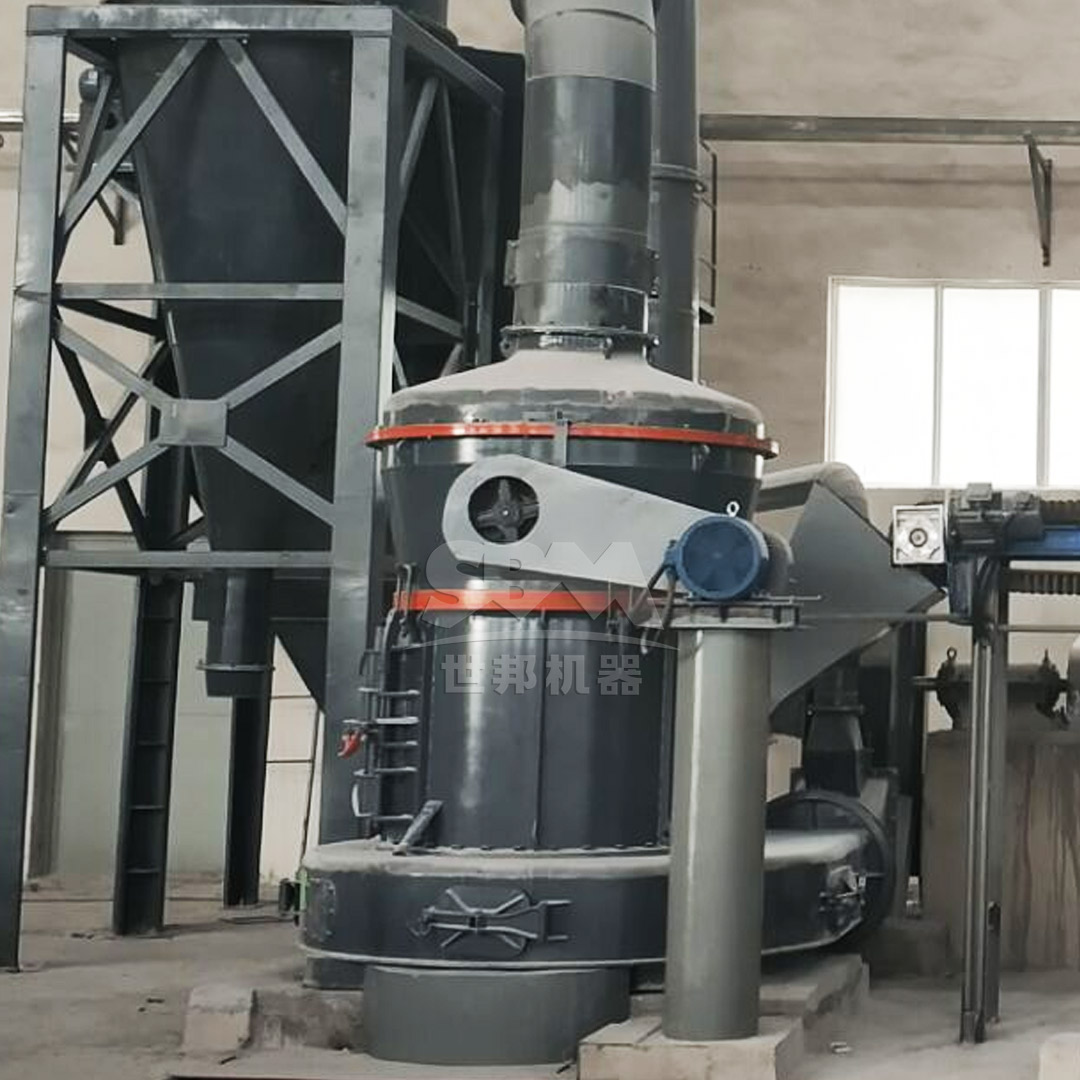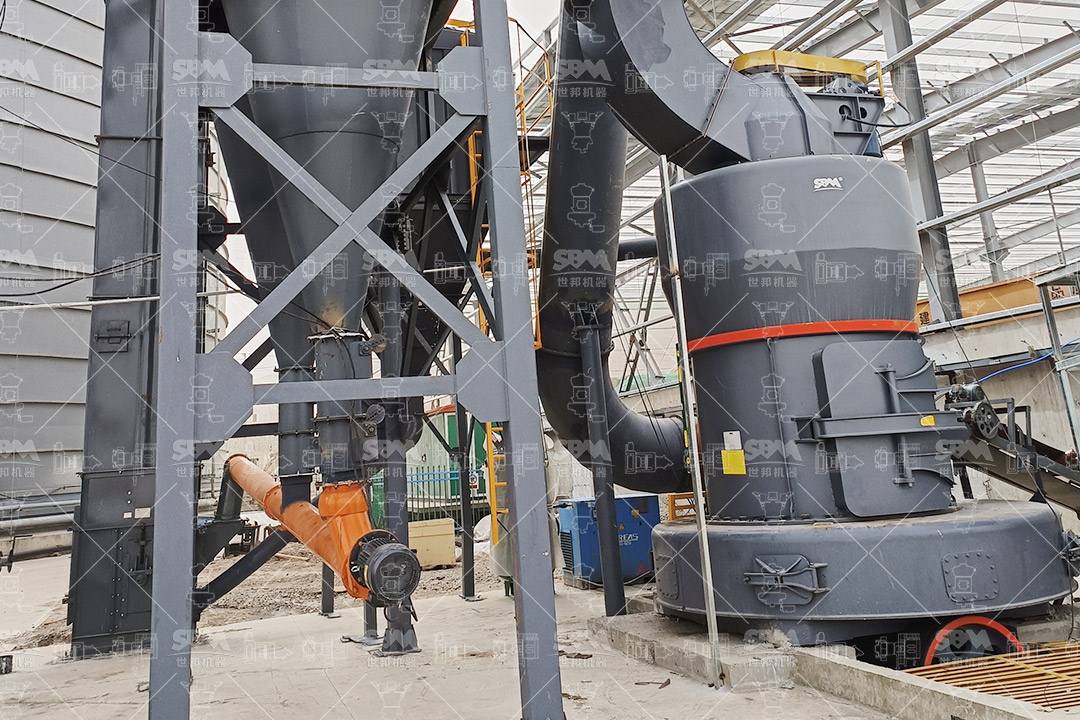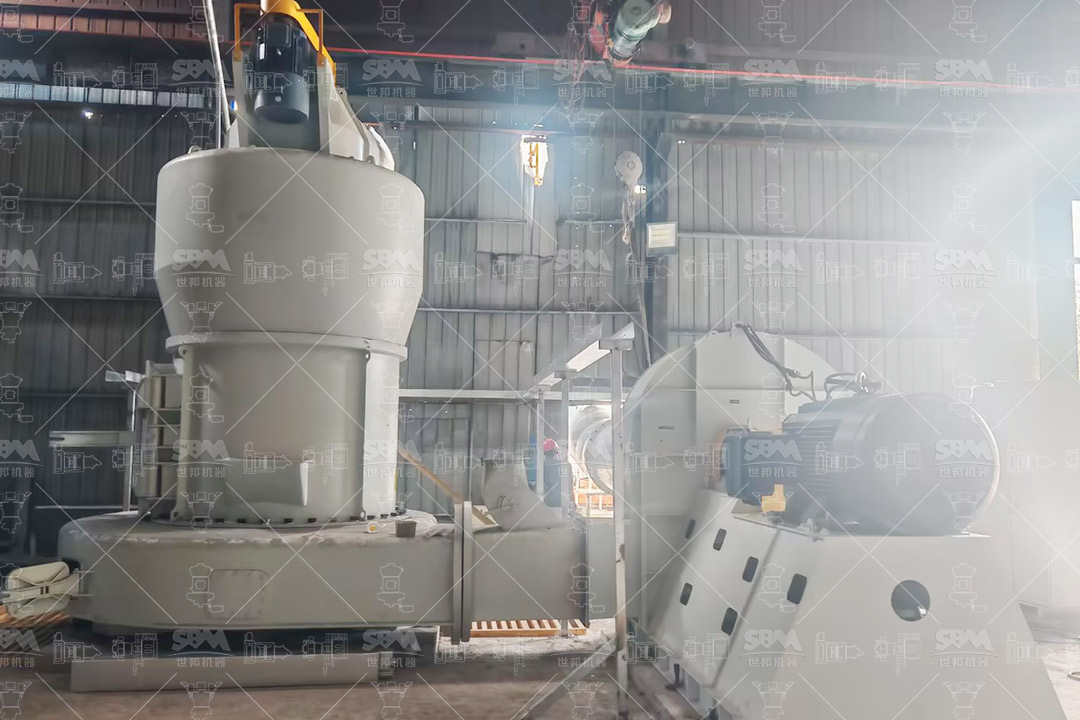The grinding of hard materials, particularly cement clinker, presents significant operational challenges for industrial processing facilities. Clinker, with its high Bond Work Index and abrasive characteristics, demands robust grinding solutions that can maintain efficiency while minimizing operational costs. Traditional grinding systems often struggle with excessive wear, high energy consumption, and inconsistent product quality when processing these demanding materials. This article explores the specific challenges associated with clinker grinding and presents advanced technological solutions that address these issues comprehensively.
Cement clinker possesses several physical properties that make it particularly difficult to grind efficiently. Its high compressive strength, typically ranging from 50-70 MPa, requires substantial grinding forces. Additionally, the mineral composition of clinker, primarily consisting of alite, belite, aluminate, and ferrite phases, creates varying hardness throughout the material matrix. This heterogeneity leads to uneven wear patterns in grinding equipment and inconsistent particle size distribution in the final product.
The abrasive nature of clinker components, particularly the silicate minerals, accelerates wear on grinding media and mill liners. This results in frequent maintenance shutdowns and high replacement part costs. Furthermore, the grinding process generates significant heat, which can lead to dehydration of gypsum additives and potentially cause false set in the final cement product.

Grinding operations typically account for 30-40% of total electrical energy consumption in cement plants. For clinker grinding specifically, the energy requirement ranges from 30-50 kWh per ton of finished cement, depending on the fineness required. This substantial energy demand makes efficiency improvements critically important for both economic and environmental reasons.
Modern grinding technology has evolved significantly to address the specific challenges posed by hard materials like clinker. The development of vertical roller mills, high-pressure grinding rolls, and advanced classifier systems has transformed clinker grinding from a high-maintenance, energy-intensive process to a more efficient and reliable operation.
Vertical roller mills (VRMs) have emerged as the preferred solution for clinker grinding due to their superior energy efficiency and drying capabilities. Unlike traditional ball mills that rely on impact and attrition between grinding media, VRMs utilize a bed compression principle where material is ground between a rotating table and rollers. This method significantly reduces specific energy consumption while providing excellent particle size control.
The latest generation of VRMs incorporates advanced features such as:
Modern classification technology plays a crucial role in optimizing clinker grinding circuits. High-efficiency separators, particularly those with multiple rotor stages, enable precise cut-point control and reduce the circulation of already-fine material. This prevents overgrinding and minimizes energy waste while ensuring consistent product quality.

For applications requiring ultrafine cement products or specialized formulations, the SCM Ultrafine Mill represents a technological breakthrough. This advanced grinding system is specifically engineered to handle the demanding requirements of hard materials like clinker while achieving exceptional fineness levels up to 2500 mesh (D97 ≤ 5μm).
The SCM Ultrafine Mill incorporates several innovative features that make it particularly suitable for clinker grinding:
Through its unique three-layer grinding ring design driven by the main motor, the SCM mill utilizes centrifugal force to disperse material evenly across the grinding path. The sequential grinding action, combined with precision roller pressing, ensures optimal particle size reduction with minimal energy consumption. Independent testing has demonstrated that the SCM system achieves 30% lower energy consumption compared to conventional jet mills while delivering twice the production capacity.
The integrated vertical turbine classifier represents a significant advancement in particle size control. This system enables precise size cuts without coarse particle contamination, ensuring uniform product quality that meets the most stringent specifications for modern cement applications. The classifier’s adjustable speed control allows operators to fine-tune the product fineness according to specific application requirements.
| Model | Processing Capacity (ton/h) | Main Motor Power (kW) | Output Fineness (mesh) |
|---|---|---|---|
| SCM800 | 0.5-4.5 | 75 | 325-2500 |
| SCM900 | 0.8-6.5 | 90 | 325-2500 |
| SCM1000 | 1.0-8.5 | 132 | 325-2500 |
| SCM1250 | 2.5-14 | 185 | 325-2500 |
| SCM1680 | 5.0-25 | 315 | 325-2500 |
Clinker’s abrasive nature demands exceptional wear resistance in grinding components. The SCM Ultrafine Mill addresses this challenge through specially formulated materials for rollers and grinding rings that extend service life by multiple times compared to conventional materials. The innovative bearing-free screw grinding chamber design enhances operational stability while reducing maintenance requirements.
For operations requiring higher throughput capacities while maintaining precise particle size control, the MTW Series Trapezium Mill offers an optimal solution. This robust grinding system handles feed sizes up to 50mm and delivers production rates from 3 to 45 tons per hour, making it ideal for medium to large-scale cement production facilities.
The MTW mill incorporates several proprietary design features that specifically address the challenges of clinker grinding. The combination wear shovel design significantly reduces maintenance costs while the curved surface configuration extends roller service life. The specially engineered grinding elements maintain their geometric integrity even after extended operation with abrasive materials.
The curved air channel design represents a significant improvement over conventional straight-path systems. This innovation reduces airflow resistance and energy loss while improving material transport efficiency. The high-strength protective plates safeguard the channel working surface from abrasive wear, ensuring consistent performance throughout the equipment lifecycle.

The integrated bevel gear transmission system achieves remarkable 98% transmission efficiency, significantly higher than conventional separate drive arrangements. This not only reduces energy consumption but also minimizes space requirements and installation costs. The compact design facilitates easier integration into existing production lines.
Beyond equipment selection, several operational strategies can optimize clinker grinding performance:
Maintaining optimal moisture levels in the feed material is crucial for grinding efficiency. Excess moisture can lead to material coating on grinding elements and reduced classification efficiency, while overly dry material may increase dust generation and energy consumption. Most modern grinding systems perform best with feed moisture content between 0.5% and 3.0%.
Proper management of the grinding circuit circulation load significantly impacts energy efficiency and product quality. For closed-circuit clinker grinding systems, maintaining circulation loads between 150% and 250% typically provides the best balance between grinding efficiency and classification performance. Advanced control systems can automatically optimize this parameter based on real-time operational data.
Implementing a comprehensive preventive maintenance program is essential for maximizing equipment availability and minimizing unexpected downtime. Key components requiring regular inspection and maintenance include:
Modern grinding systems must address increasingly stringent environmental regulations while maintaining operational efficiency. Both the SCM Ultrafine Mill and MTW Series Trapezium Mill incorporate advanced environmental protection features:
Pulse jet dust collection systems in these mills achieve collection efficiencies exceeding international standards, typically maintaining outlet dust concentrations below 20 mg/m³. The automated cleaning mechanisms ensure consistent performance while minimizing compressed air consumption.
Integrated acoustic insulation and vibration damping technologies maintain operational noise levels below 75-80 dB(A), creating a safer working environment while meeting workplace noise exposure regulations. The comprehensive noise control measures include acoustic enclosures, vibration isolation mounts, and aerodynamic optimizations to minimize air turbulence noise.
While advanced grinding systems represent significant capital investment, their operational benefits typically deliver attractive returns. For clinker grinding applications, the economic advantages include:
Modern grinding systems can reduce specific energy consumption by 30-50% compared to conventional technologies. For a typical cement plant producing one million tons annually, this translates to annual energy savings of 3-5 million kWh, representing substantial cost reduction and lower carbon emissions.
The extended service life of wear components in advanced grinding systems directly reduces maintenance costs. Additionally, the reduced frequency of maintenance interventions increases equipment availability, supporting higher overall production levels. For clinker grinding operations, maintenance cost reductions of 20-40% are commonly achieved.
Superior particle size control and distribution consistency enable cement producers to develop higher-value products with enhanced performance characteristics. The ability to precisely control fineness and particle morphology supports the production of specialized cements that command premium prices in the market.
The evolution of clinker grinding technology continues with several promising developments on the horizon:
Integration of IoT sensors, advanced analytics, and machine learning algorithms enables predictive maintenance and real-time process optimization. Smart grinding systems can automatically adjust operational parameters based on feed material characteristics and product requirements, maximizing efficiency while maintaining consistent quality.
Combinations of different grinding technologies, such as high-pressure grinding rolls followed by vertical roller mills or ball mills, offer opportunities for further optimization. These hybrid systems can leverage the specific advantages of each technology stage to achieve optimal overall performance.
Increasing focus on sustainability drives development of grinding systems with reduced carbon footprint through lower energy consumption, use of alternative fuels, and integration with carbon capture technologies. The next generation of grinding equipment will likely incorporate these sustainability principles as core design criteria.
The grinding of hard materials like cement clinker presents significant technical challenges, but modern grinding technologies provide effective solutions. Equipment such as the SCM Ultrafine Mill and MTW Series Trapezium Mill incorporate advanced features that specifically address the issues of high energy consumption, excessive wear, and inconsistent product quality. Through proper equipment selection, operational optimization, and maintenance planning, cement producers can achieve substantial improvements in grinding efficiency, product quality, and overall operational economics. As technology continues to evolve, further advancements in digitalization, hybrid systems, and sustainability will likely deliver additional benefits for clinker grinding operations worldwide.